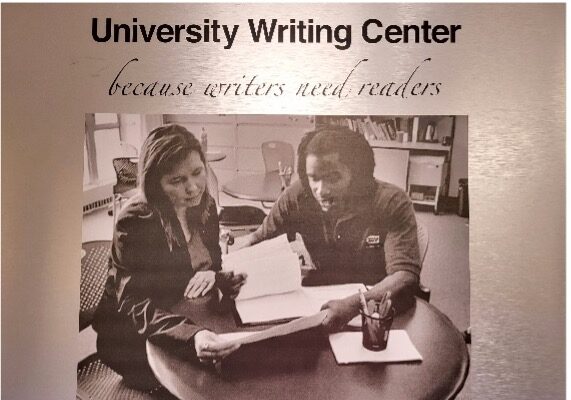by Jennifer Rojas, Peer Consultant, University Writing Center
If you are here reading a writing center blog, then you are probably interested in writing. Maybe you’re wanting to improve your writing skills. Maybe you have a story or poem that you’ve been working on. Or maybe somebody told you that your writing is choppy, wordy, or even boring.
So you are here because you want to improve your writing, but the last thing you want to do is take another class with more homework. You might have tried responding to writing prompts, but without someone to read or give feedback, it is hard to figure out if it worked the way you wanted it to. How are you supposed to make the imagery more vivid anyway? And just what exactly do you have to do to increase suspense in your mystery?
While working with other writers is vital to getting feedback and growing as a writer, you can supplement that collaboration with solo practice. A great place to start is with Writing Tools by Roy Peter Clark. Exploring the stylistic possibilities with what he calls “tools,” writers can be a better sense of how their words impact the reader. Clark helpfully separates them into four main categories: nuts and bolts, special effects, blueprints, and useful habits.
In each chapter, Clark helps the writer to explore a stylistic choice and understand how that choice impact a piece of writing, then he provide examples of when it is used and when it is not. Encourages the writer to experiment within their own writing or with pieces by other authors, he offers “workshop” prompts to try.
The first tool I tried was #10, “Cut big, then small.” Unlike other writers that advise cutting words, before Clark sets you on the task, he helps you to see how it is done—you don’t have to start with your own work. But I had a piece in mind to revise, so I did.
I chose a magical realism short story of mine. The paragraphs I cut didn’t need to be in my story (and they certainly don’t need to be here either), but I tried my hand at cutting out extra words.
My original paragraph read:
Eventually, she started to come every day, even if it was just for ten minutes, to look and see what new books had come in, to see what books had found the person they were for and gone home with him or her. Several had felt almost right, but in the end, she never could quite convince herself to buy them. Someone else eventually came in and did. She was glad when she saw the woman who bought the collection of poems. The longer it went on that she didn’t find her book, the more despondent she became until she did almost nothing but look for that elusive book.
After cutting, I was left with:
She came every day—just for ten minutes—to look at the new books, to see if the books had home with someone. Several had felt almost right to her, but she can’t convince herself to try to take one again. Someone eventually did. The woman who bought the collection of poems made her smile, glad she hadn’t taken it from her. But she still hadn’t found hers. The longer that she didn’t find it, she became despondent neglecting everything but her elusive book.
The second paragraph is tighter, with a feeling of urgency that wasn’t there before, but that I wanted in that scene. This exercise gave me an opportunity to better align my writing with my story’s goal. This exercise also provided practice with writing skills that I had been neglecting.
With this blog, my goal, and Clark’s, is to encourage you to develop as a writer and reader. Using his book will equip you with the tools to improve your writing skills, but you must do more than read it.
Try out the tools for yourself. Start with a published piece of writing if you feel uncomfortable starting with your own. But whatever you do, you can’t improve without doing something.
So, pick a tool and get started, then share your results.

